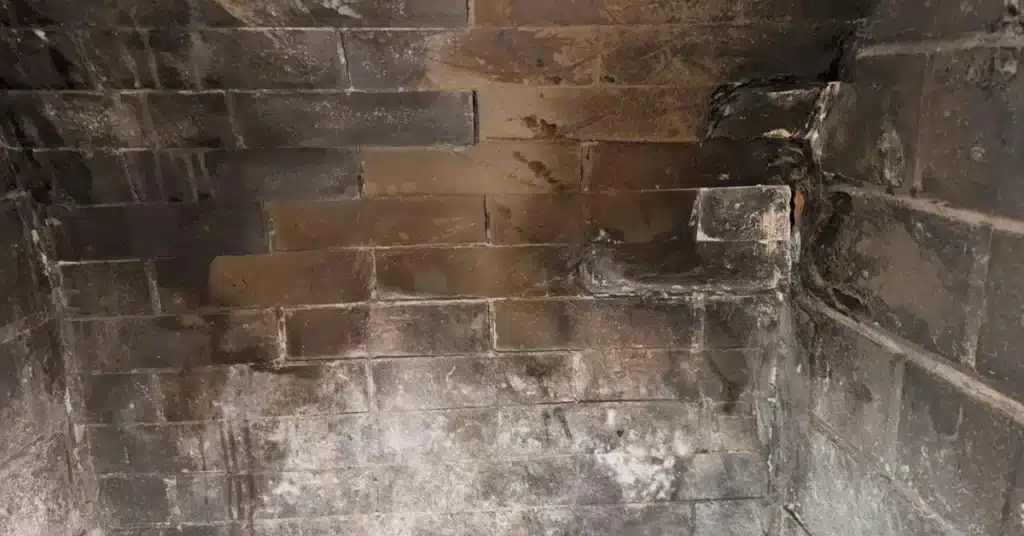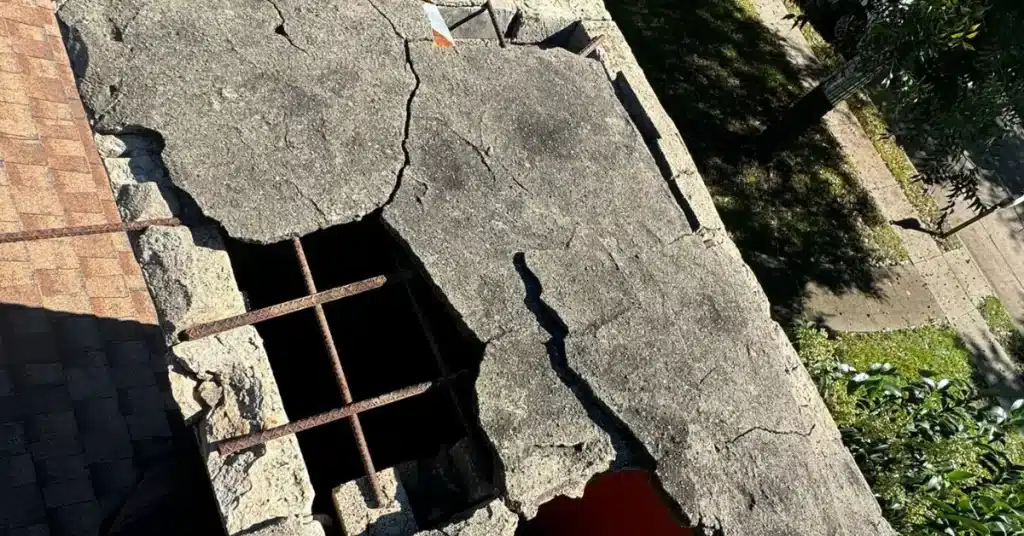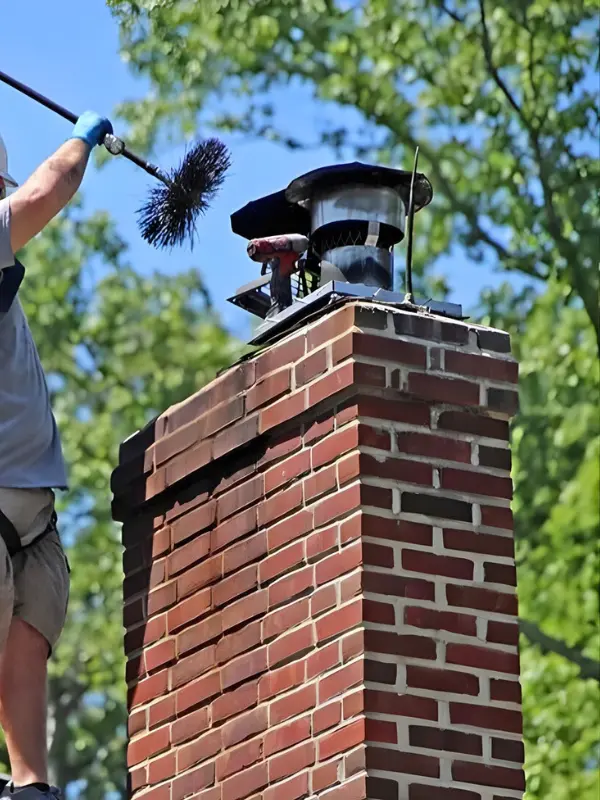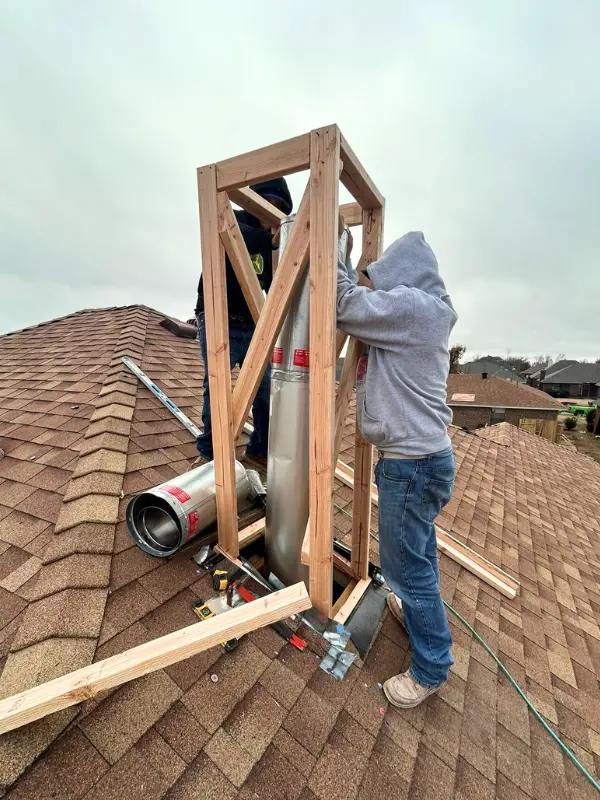The Guide to Choosing the Right Chimney Brush For Your Hearth
Keeping your fireplace safe starts with the right cleaning tools. Many homeowners skip regular maintenance, which can lead to dangerous creosote buildup. We’ve seen too many close calls that could have been avoided with proper cleaning and maintenance. The good news? Picking the right chimney brush doesn’t have to be complicated. Once you know your flue size, shape, and material, you’re already halfway there. Let’s walk through everything you need to know.
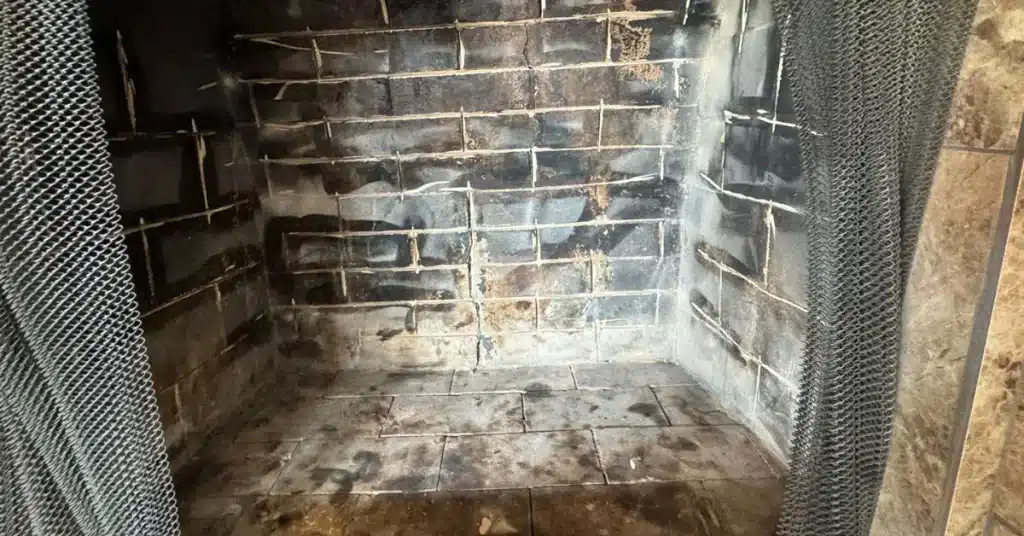
Understanding Your Flue Size and Shape
Before you buy anything, grab a tape measure and check your flue. This step matters more than most people think. Round flues are common in newer homes, while older properties often have square or rectangular ones. You can’t use a round brush on a square flue and expect good results. The brush needs complete contact with the walls to remove all that sticky creosote.
Most residential flues are typically between 6 and 12 inches in diameter. Measure the width and length if you have a rectangular setup. Write these numbers down because you’ll need them when shopping. A properly sized chimney brush makes cleaning faster and more effective. Plus, it protects your chimney lining from unnecessary wear.
Wire vs. Poly: Choosing the Right Chimney Brush Material
Not all brushes work the same way. The material you choose depends on what your flue is made of. Wire options work well for tough jobs, while poly brushes are better suited for handling delicate surfaces. Let’s break down when to use each type.
Wire Brushes for Masonry Chimneys
Steel wire bristles cut through heavy creosote like nothing else. If you have a brick or masonry chimney, this is your go-to option. The stiff bristles scrub away years of buildup without damaging the rugged interior. We recommend wire chimney brush sets for wood stoves and fireplaces that see heavy use during winter.
Just remember that wire can scratch metal liners. Always check what your flue is made of before you start scrubbing. When in doubt, a chimney sweep can tell you what’s safe to use.
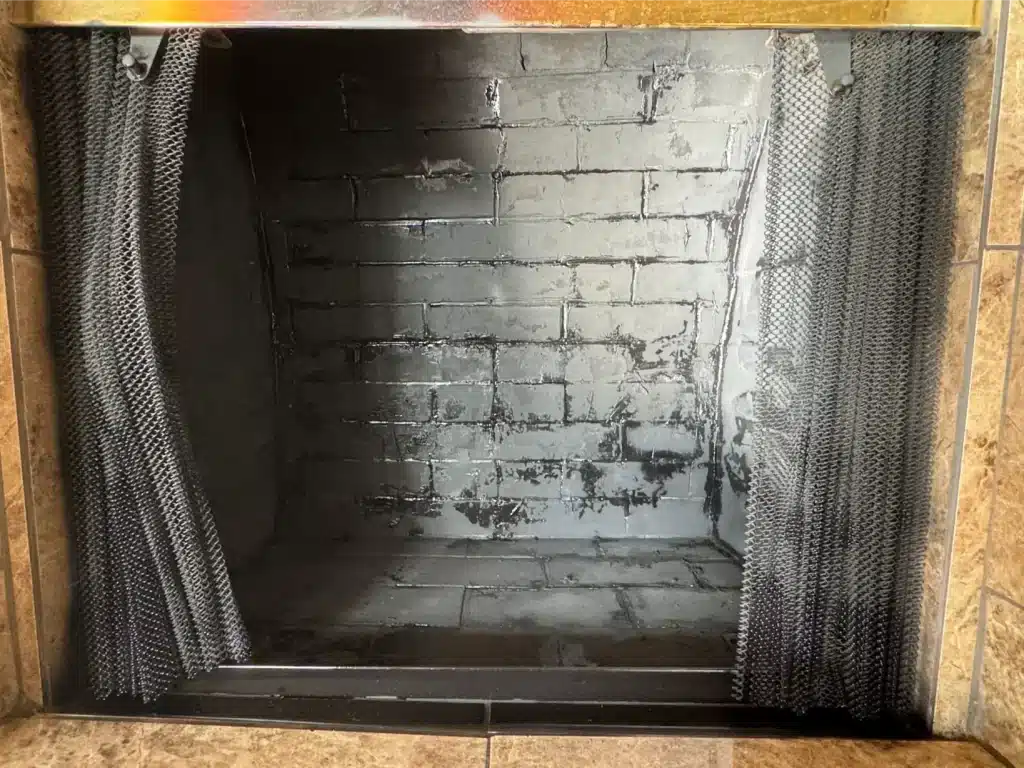
Poly Brushes for Metal Flues
Poly bristles offer a gentler approach for stainless steel and aluminum flues. These synthetic fibers won’t scratch delicate surfaces but still remove light to moderate buildup. They’re perfect for pellet stove pipes and newer fireplace chimneys with metal liners.
Many homeowners prefer poly for regular maintenance and cleaning. The bristles last longer than you’d think, especially if you clean seasonally. A good poly chimney brush can handle years of use without falling apart.
Flexible Rod vs. Rigid Rod Systems
Your chimney’s design determines which rod system works best for you. Straight flues are simple, but many homes have bends and offsets that need special attention. The wrong rod type can make cleaning nearly impossible.
Rigid rods work perfectly for straight vertical runs. They’re sturdy and let you apply severe pressure when scrubbing. However, they stop working the moment your flue has a bend. Flexible rods snake through curved sections and offset angles with ease. Some cleaning systems even include adapter pieces that work with power drills for rotary cleaning. This speeds up the job significantly on longer runs.
Matching Brush Diameter to Your Chimney Flue
Size matters when it comes to effective cleaning. A brush that’s too small misses the edges where creosote loves to hide. One that’s too large gets stuck halfway down, creating a frustrating situation. Here’s what you need to know:
- Measure your flue opening accurately before ordering
- Add a quarter inch to your measurement for the best fit
- Round brushes should compress slightly when inserted
- Square brushes need exact dimension matches
- Check manufacturer size guides for specific recommendations
Most brush kits come in standard sizes, such as 6-inch round, 8-inch round, or 16-inch rectangular. Compare these to your measurements carefully. The right fit means the bristles make contact all the way around your chimney pipe.

Essential Cleaning Tools for Complete Maintenance
A chimney brush alone won’t cut it for thorough maintenance. You need a complete setup to do the job right. Start with enough extension rods to reach from the top to the bottom of your flue. Most systems let you add sections as needed.
Consider adding a rotary drill drive attachment if you have a long flue. This turns your electric drill into a powerful cleaning machine. Don’t forget to wear protective gear, such as gloves and safety glasses. Falling soot can make a mess fast.
A bench brush helps with cleanup afterwards, and many professionals keep a fireplace brush with horsehair bristles for finishing touches around the hearth. These small additions make the whole process smoother and safer.
Making the Right Choice for Your Heart
Choosing a chimney brush comes down to matching the tool to your specific setup. Measure twice, buy once, and you’ll save yourself headaches in the long run. Whether you have a wood-burning stove, pellet stove, or traditional fireplace, the right cleaning brush keeps everything running safely.
Regular maintenance prevents dangerous chimney fires and extends the life of your heating system. We’ve seen too many homeowners wait too long between cleanings. Don’t let creosote buildup put your family at risk. With the proper chimney brush and cleaning tools, you can tackle this job confidently and keep your hearth in top condition.
FAQ
How often should I clean my chimney with a brush?
Clean your chimney at least once a year, preferably before heating season starts. If you burn wood regularly, check it mid-season too. Creosote builds up more quickly with frequent use, especially when burning green or wet wood. A quick inspection helps you catch problems early.
Can I use the same brush for my dryer vent and chimney?
No, you shouldn’t mix these tools. Dryer vent cleaning brush kits are designed for smaller ducts and lighter lint buildup. Chimney brushes handle much tougher creosote and need stiffer bristles. Using the wrong brush can cause improper cleaning and damage your equipment.
What's the difference between a chimney sweep brush and a regular pipe brush?
Chimney sweepbrushes are specifically sized and designed for flue cleaning. They’re much larger and more durable than standard pipe brushes. The bristles are arranged to scrub vertical surfaces effectively. Regular pipe brushes are suitable for small jobs, but can’t handle a complete chimney cleaning.
Do I need different brushes for different types of wood stoves?
It depends on your stove pipe material, not the stove itself. Check whether you have a masonry chimney or a metal flue liner. Wood-burning stoves with metal pipes need poly brushes, while those connected to brick chimneys can use wire. The stove type doesn’t matter as much as the flue construction.
Can I attach my chimney brush to a power drill?
Yes, many modern cleaning systems include a rotary drill drive adapter. This attachment connects your brush rod to an electric drill for powered cleaning. It works great for long flues or heavy buildup. Ensure your rod system is compatible with rotary cleaning before purchasing the adapter.
How do I know when my chimney brush needs replacing?
Check your brush after each use for worn bristles. If the bristles are bent, broken, or significantly shorter than when the product was new, it’s time for a replacement. A worn brush won’t clean effectively and might even damage your flue. Most quality brushes last 3-5 years with seasonal use.

